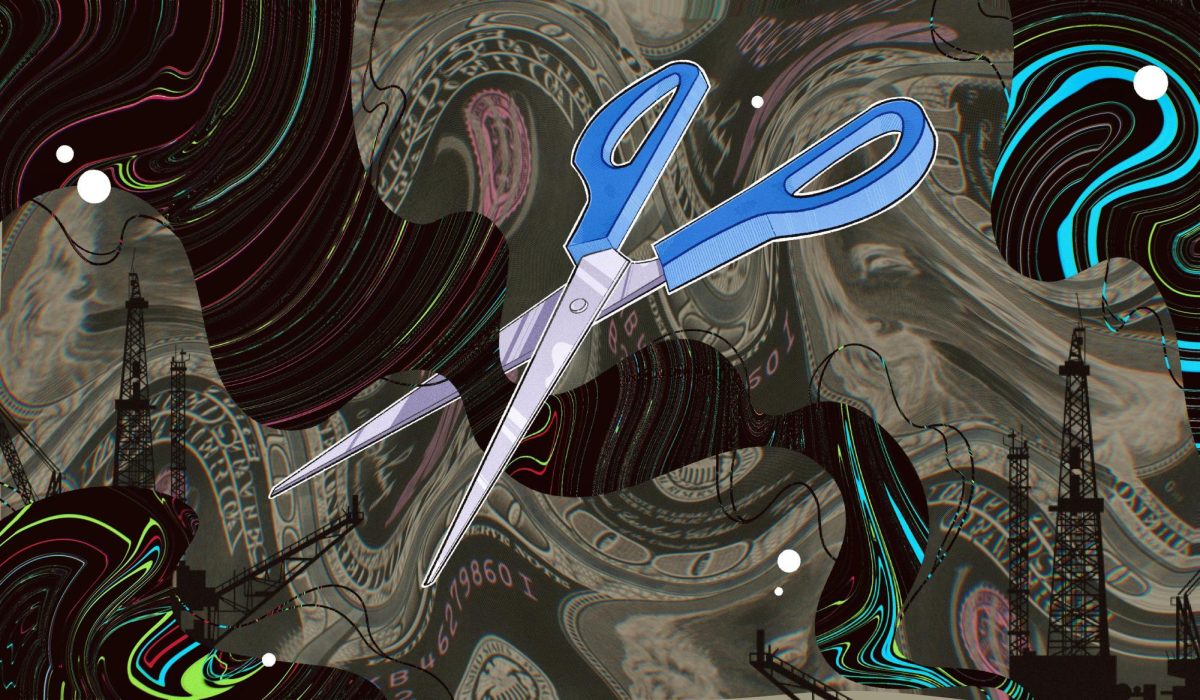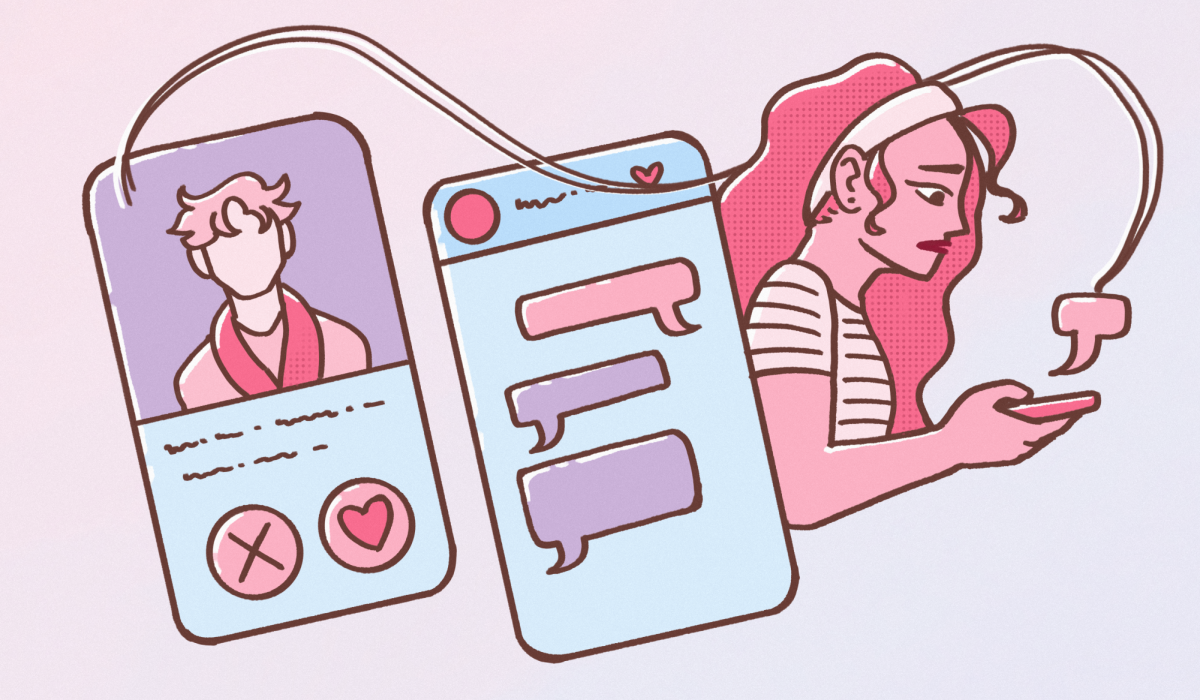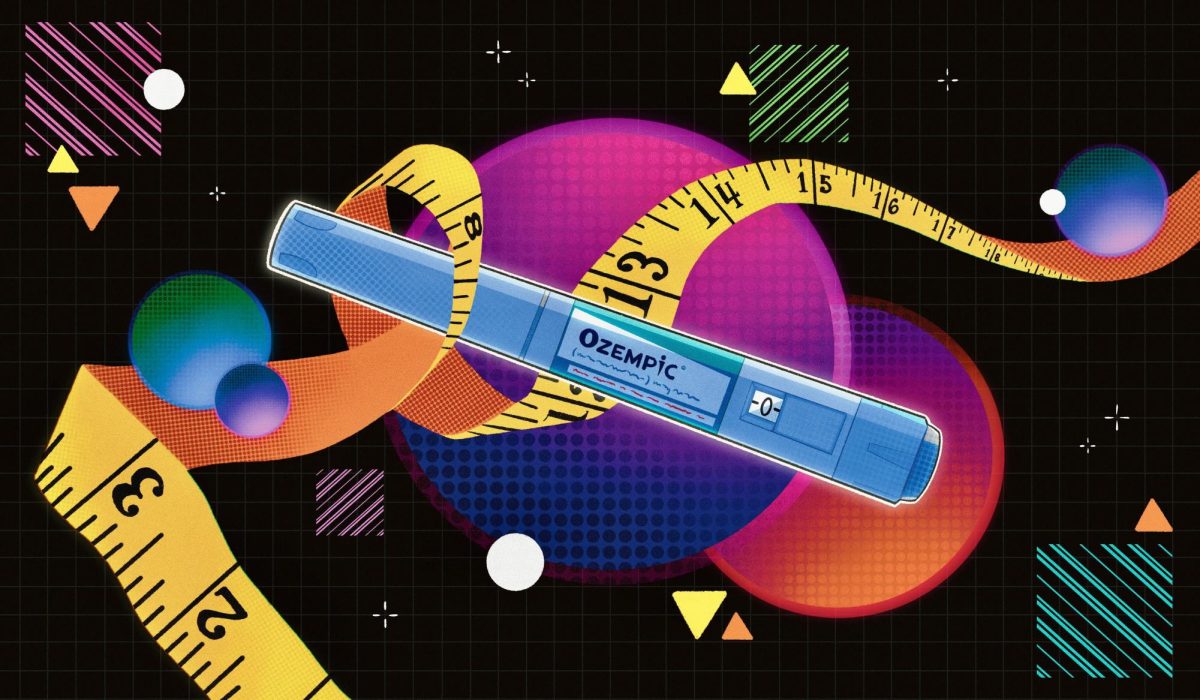With interview season afoot UC San Diego students are scrambling to apply, secure, and successfully slay interviews in hopes of bigger and better job or graduate opportunities. Many students only have to consider which outfit to wear, how to answer the questions, and how to get there, but that’s not true for everyone. Unfortunately, some UCSD students also worry about securing business-appropriate attire in the first place.
As of today, none of UCSD’s resource centers provide business wear and accessories for student checkout. Yet, resource centers exist to support underserved populations on campus who face traditional barriers to higher education and higher-paying careers. Having interview accessories and attire available for check-out in UCSD’s Resource Centers would increase upward mobility for UCSD’s underserved students, especially those trying to enter into competitive fields and industries like medicine or finance. Therefore, UCSD resource centers should consider incorporating this resource to better fulfill their duty to students.
Offering professional attire and accessories available for check-out in the resource centers will increase financially struggling students’ chances of upward mobility due to the attire’s importance in the hiring and selection process. For most interviews, business-casual or business-professional wear is a must; the more competitive the position and higher-paying the field, the more society relies on attire to signal professional competency. In fact, the clothes one wears affect obtaining these positions more than one may think.
Research studies evaluating the impact of clothing, like one study by Dr. Jane E. Workman, “Effects of Appropriate and Inappropriate Attire on Attributions of Personal Dispositions,” demonstrate that for many higher-paying positions, an interviewee’s lack of business wear negatively impacts their chances of being selected. Workman’s study found that a lack of appropriate business wear signaled to hiring managers that those candidates were not serious about the position. This study also suggests that similar patterns may affect graduate and professional school admission interviews as well. So, allowing students to check out proper business attire would minimize distractions unrelated to their character, skill, or ability.
Furthermore, wearing business-appropriate clothes also shapes candidates’ views of themselves and their aptitude. One study shows that for many people, proper business dress boosts confidence levels and performance. Extrapolating this study to interviews specifically, these findings imply that interviewees without conventional attire face even further disadvantages compared to other candidates; not having the right professional attire and accessories also psychologically disadvantage these candidates’ ability to portray themselves. Overall, the psychological impact of using a fancy $30 UCSD portfolio, wearing a nice belt, or donning a clean suit jacket may increase a candidate’s ability to have their talents recognized due to its effect on the perceptions of others and candidates’ own estimations of themselves.
There are financial drawbacks to offering this resource to students, but the benefits to students outweigh the cost. For example, some may argue that offering business attire and accesses for student checkout would detract funds from other programs due to the cost of dry cleaning and purchasing the items. However, there are several financially sustainable ways to implement this program. A few options include soliciting donations for the clothing and items, buying quality clothes second-hand, charging a small fee to offset the cost of dry-cleaning services, and fundraising to support the program.
Another argument opponents may pose is that few students would benefit from the program and therefore it is not worthwhile. In actuality, recent statistics about UCSD’s students suggest differently. For example, this year 40 percent of the incoming class come from low-income households. This resource would benefit low-income students and their families by alleviating some of the financial burden of business wear. By not having to purchase every piece of business attire, and pay to maintain these items with dry cleaning, students and their families have more money for other things like fulfilling basic needs and purchasing academic necessities.
Additionally, without such a program, students may have little choice but to purchase and don less professional attire than a given employer or recruiter expects from a serious candidate. For example, due to cost, a student may forgo buying a suit and face the aforementioned social penalty in the eyes of the interviewer for doing so. Students may also be forced to avoid opportunities that require business-professional attire altogether.
UCSD’s resource centers have enormous potential to continue improving students’ socioeconomic status while they attend college and even after graduation. Offering UCSD students low-cost or free business attire and accessories to check out has clear benefits and will become increasingly relevant as the campus welcomes more underserved students.








